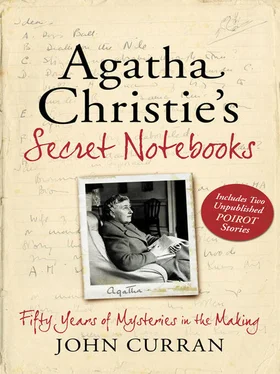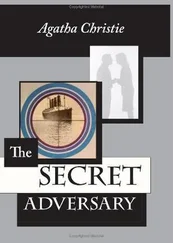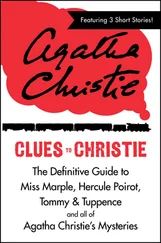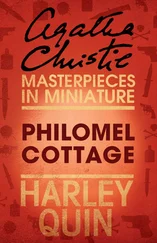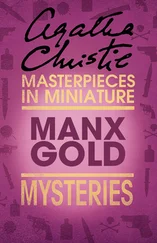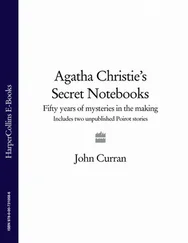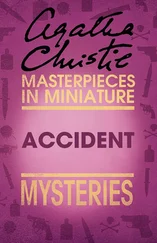Part of the difficulty interpreting the Notebooks for this title is the fact that the names of the characters change throughout the 80-odd pages of the five different Notebooks. At various times the character who appears in the novel as Nofret is also called Ibunept, Nebet, Ibneb and Tut. And, of course, it is not possible to be sure if the names refer to male or female characters.
Christie writes in her Autobiography that ‘Houses were far more difficult to find out about than temples or palaces.’ And in Notebook 9 we find 16 pages of notes on ‘Life and Customs in Ancient Egypt’ with details of everyday life (the page references are to some of the volumes borrowed from Stephen Glanville):
Bead bracelets or gold rings with green glazed scarabs P.110 P.46 also
Embalming 21ST D. P.111 and 55
The making of papyrus paper P.114
Description of bow and arrow P.127
Description of Scribe outfit P.14
Description Foundation dynasty P. 51
Description mummification etc. P.55 and P.57
Notebook 46 contains the initial sketch for the family. Although some of the names do not correspond with those in the novel, the characters are all recognisable:
Middle Kingdom Setting Characters
Ipi—(old mother) Tyrant? Devil? Wise? [Esa]
Father—old fusser—kindly—a nuisance [Imhotep]
Meru—(elder son) Good boy of family—a bit dull—inwardly resentful? [Yahmose]
S—? Bad boy of family—not at home—Troublemaker [Sobek]
H—Spoilt young son—precocious [Ipy]
Concubine—Victim? Beautiful in danger or Evil—full of power [Nofret]
M’s wife—a shrew [Satipy]
S’s wife—gentle creature or an Emilia? [Kait]
A daughter—energy—resolve [Renisenb]
N—family friend—shrewd—lawyer like maybe tell in 1st person [Hori—but the ‘1st person’ idea was not pursued]
Hepshut—mischief maker [Henet]
The basic situation is described in Notebook 13:
Nofret arrives—everyone cruel to her—she is fierce to them—her tales of foreign cities—the way she stirs up strife—Hori says always there underneath. She writes by scribe to Imhotep—Imhotep replies furious to family—he returns—settlement of land on her. She dies—scorpion stung her—everyone knew—Rensenb troubled—then remembers a scene between Nebet and Seneb
The notes for this novel include another example of Christie’s system of arranging scenes by allocating letters to them. It is interesting to look at the following page from the Notebooks and compare it to the novel. Although it is headed Chapter 15, the scenes are in fact scattered through Chapters 15, 16 and 17. But her final decision (‘A.C.D.—then BB’) is followed through. I have added the relevant chapter headings to each scene:
Chapter XV
A Esa and Henet [15 iii]
B Henet and Imhotep [16 i]
C Renisenb and ‘Everything is Fear’—meets Aapene—Why do you look at me strangely? Then sees Yahmose—discusses it with him—who could it be? [15 iv]
D Renisenb Yahmose and his father—Y. more authority [15 v]
E Kait and Renisenb [15 vii]
F Renisenb. Teti and Kameni—his eyes on her—strong children [15 vii]
G Renisenb and her father—marriage [17 i]
H Ren. and Kameni—love talk—the amulet—broken—she goes home—looks in box—Henet finds her with it—H’s hints [17 ii and iii]
Who dies next?
A.A. Esa—from unguent—or perfumed oil
B.B. Aahene [Ipy]
Yes, B.B. after cheeking Henet [15 vi] who complains to Imhotep
So: A.C.D.—then B.B.
And this is the order as it appears in the published novel:
A Esa and Henet [15 iii]
C Renisenb and ‘Everything is Fear’—meets Aapene—Why do you look at me strangely? Then sees Yahmose—discusses it with him—who could it be? [15 iv]
D Renisenb Yahmose and his father—Y. more authority [15 v]
B.B. Aahene [Ipy]. Yes, B.B. after cheeking Henet [15 vi]
The Notebooks offer a solution to at least one tantalising puzzle concerning this novel. In her Autobiography, Christie writes:
Stephen [Glanville] argued with me a great deal on one point of my denouement and I am sorry to say that I gave in to him in the end…If I think I’ve got a certain thing right in a book—the way it should be—I’m not easily moved from it. In this case, against my better judgement, I did give in. It was a moot point, but I still think now, when I re-read the book, that I would like to re-write the end of it…but I was a little hampered by the gratitude I felt to Stephen for all the trouble he had taken and the fact that it had been his idea in the first place.
It is not entirely clear what she means by ‘the end of it’—does she mean the identity of the killer or the manner of revelation? If she means a more dramatic final scene we shall never know, although this would seem unlikely as the setting of the denouement clearly echoes the earlier murders of both Nofret and Satipy. But if she had a different killer in mind, she had already lined up a few candidates:
Henet—hated wife—and all children—eggs on Ibneb—then kills her
Henet—loves old boy—killed first wife—and second ‘sister’—determined to destroy Ibneb—pretends to suck up to her
Hori—in league with Ib? She is to gain ascendancy over old woman—Hori has speculated—blame is to be put on Meru
Hori and Ibneb are buddies—he arranges for her to meet old boy—puts him up to deed of settlement by pretending to object—she then rats or is going to—he kills her—then pretends—she is revenging herself on family—final scene with Renisenb—you Hori—young cousin rescues her
Son (bad lad) comes in—speaks to concubine—he likes her—idea is they are in it together
And there was another fascinating idea that never made it to the printed page at all. In Notebook 13 Christie toys with the idea of having a modern parallel running alongside the historical one. Indeed it is possible to see, even in these brief notes, similarities between the ancient and modern characters. The old professor and his young wife are Yahmose and Nofret, Julie is obviously Henet, Regina is a latter-day Renisenb and Edward and Silas could be Sobek and Ipy:
Modern start—Old professor or Chancellor—his young wife—he brings out son and son’s wife—widowed daughter and child
Julie (ancient Mademoiselle who has stayed with them)—young archaeologist who has stayed with them
Discovery of Tomb Letters—Including one from to dead wife who is accused of killing Tut
Author’s second wife died suddenly—she took drug by mistake
Young wife dies—quarrel between father and son and wife—F[ather] says new will—all to Ida
Julie and portrait of Eleanor (first wife) who was going to come back
Elaborated
Dr. Elinor Solomon Oppenheim
Ida—his young wife
Julie the faithful maid and companion ex-governess
Edward Mervyn Oppenheim—dependent on father—is he archaeologist
Charlotte—sculptress—or musician (pianist)—or historical—or political writer
Charlotte’s brother—Richard—the archaeologist
Regina Oppenheim a widow with children—Oscar Walsh
Jeremy Walsh—a young writer—psychic—deductive—knows too much about people
other son Silas
From the phrase ‘Young wife dies’, paralleling the death of Nofret, Imhotep’s young wife, it would seem that the parallels were to extend to further than family relationships. However, the idea was not pursued any further than these short notes—of course, if it had been it would have meant shorter stories within each period.
These two aspects—the alternative ending and the parallel narrative—make this an even more fascinating novel than heretofore suspected, even without bringing the groundbreaking feature of the historical setting into the discussion. Seemingly complete and interlocking as it is, it would seem that Christie was ready to embroider a few more threads through her narrative. It is entirely probable that had she pursued her present-day parallel, she would have revealed yet another solution; after all, if both branches of the story had arrived at the same destination, a distinct sense of anticlimax would have resulted. So a unique background produced one actual solution, another intended one and a possible third.
Читать дальше
Конец ознакомительного отрывка
Купить книгу
